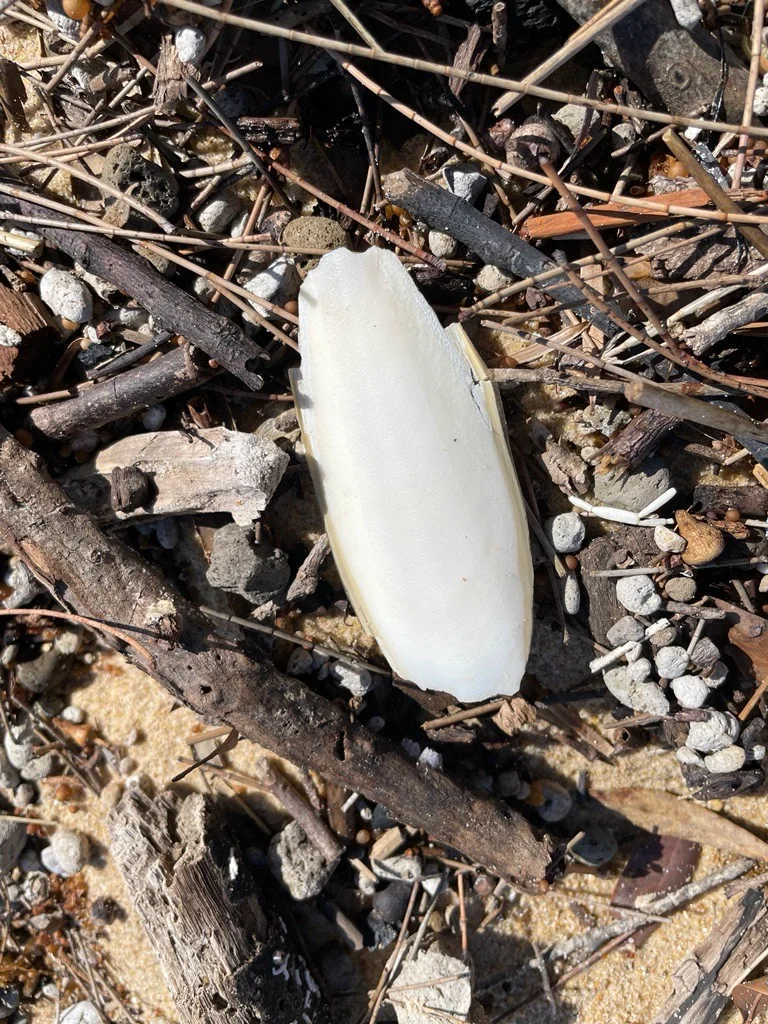What do you know about the common Cuttlebone?
Chances are that you've come across this object when exploring the tideline on our Sunshine Coast beaches.

Here's six fun facts about a common item found on our beaches - the Cuttlebone, also known as a cuttlefish bone.
- It's the hard, brittle internal structure found in all members of the cuttlefish family.
- Before it ends up on the beach, it is used by the cuttlefish as a gas-filled chamber for buoyancy control.
- There have been some interesting historical uses for cuttlebones including being ground up to make polishing powder (used by goldsmiths), as an ingredient in toothpaste and used as an antacid for medicinal purposes.
- Today (now that we know better than to ingest it ourselves!), cuttlebones are commonly used as calcium-rich dietary supplements for caged birds, reptiles and snails.
- Because a cuttlebone is able to withstand high temperatures and is easily carved, it can serve as mold-making material for small metal castings for the creation of jewellery.
- It can implode at a depth of 200 to 600 metres - so because of this, most species of cuttlefish live in shallow water - usually on the continental shelf.

Love where we live and co-exist with nature in our wildlife friendly biosphere with these tips:
- stay on the designated walkway and out of the dunes and bush
- keep your dogs on a lead and pick up after them
- bin your rubbish to keep our Sunshine Coast clean and litter free.
This article What do you know about the common Cuttlebone? has been supplied from the OurSC website and has been published here with permission.